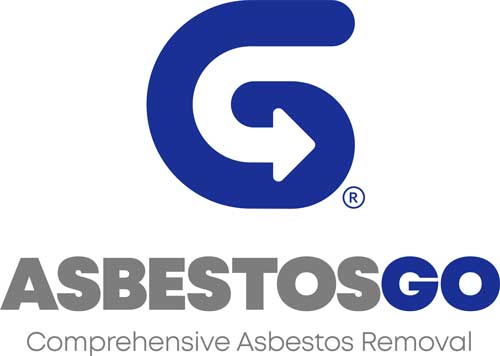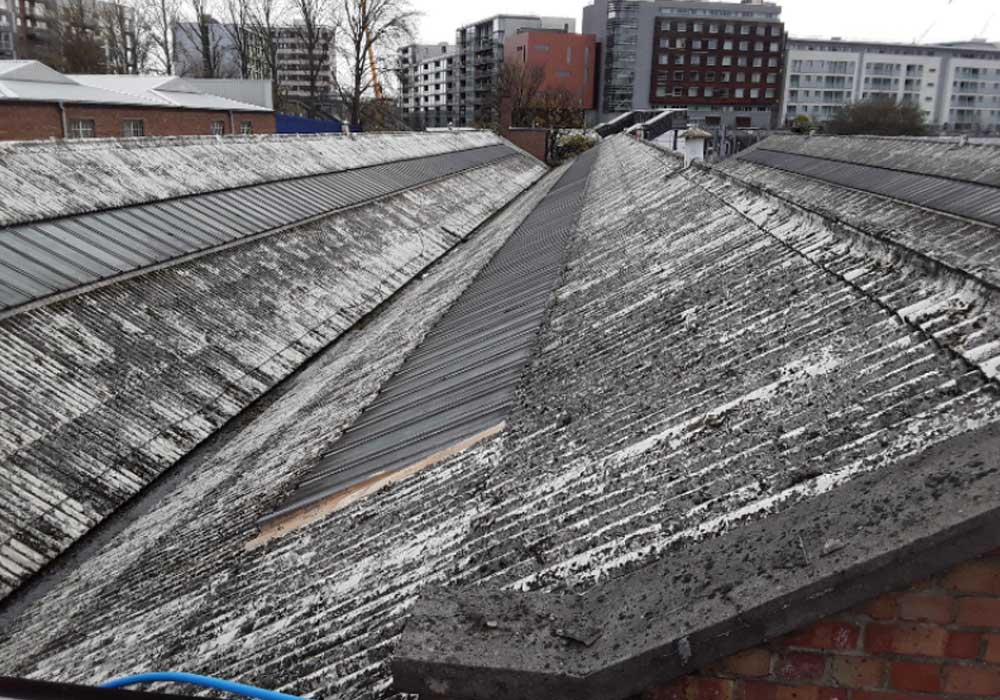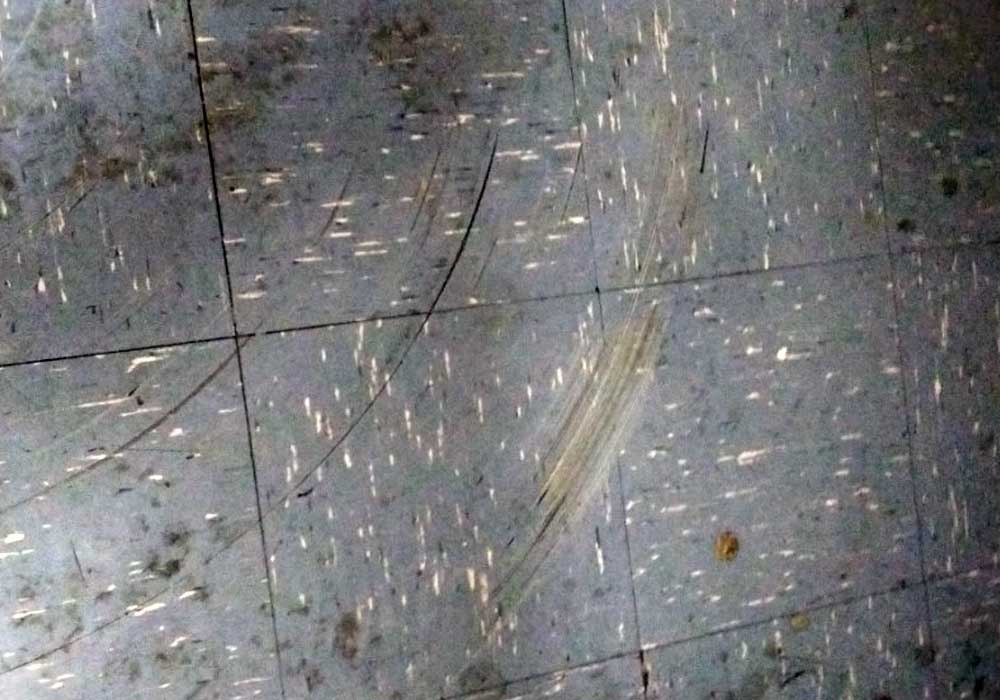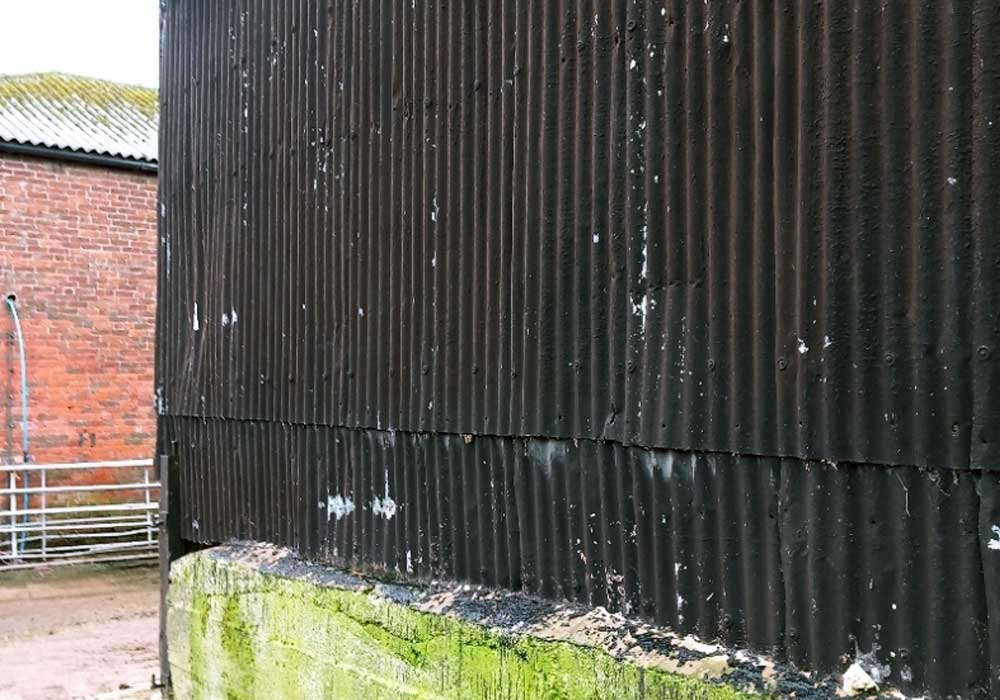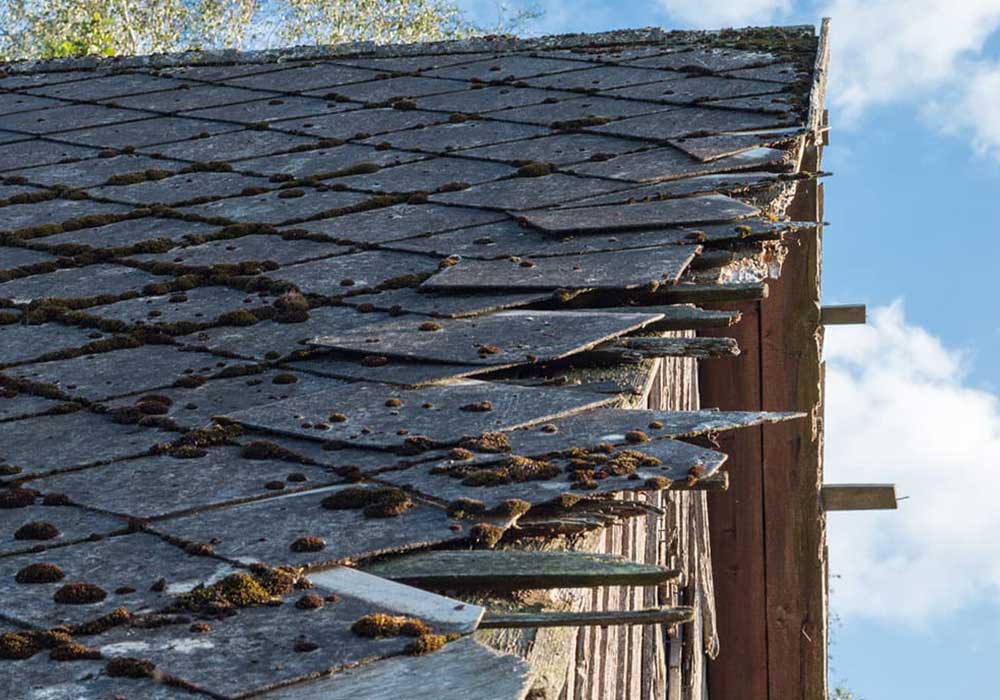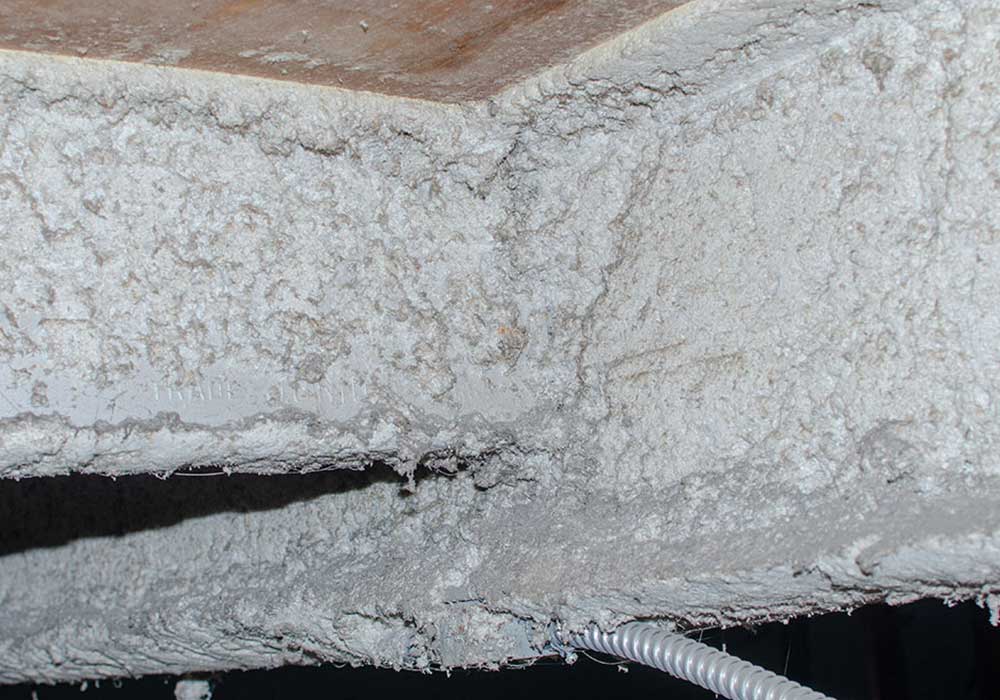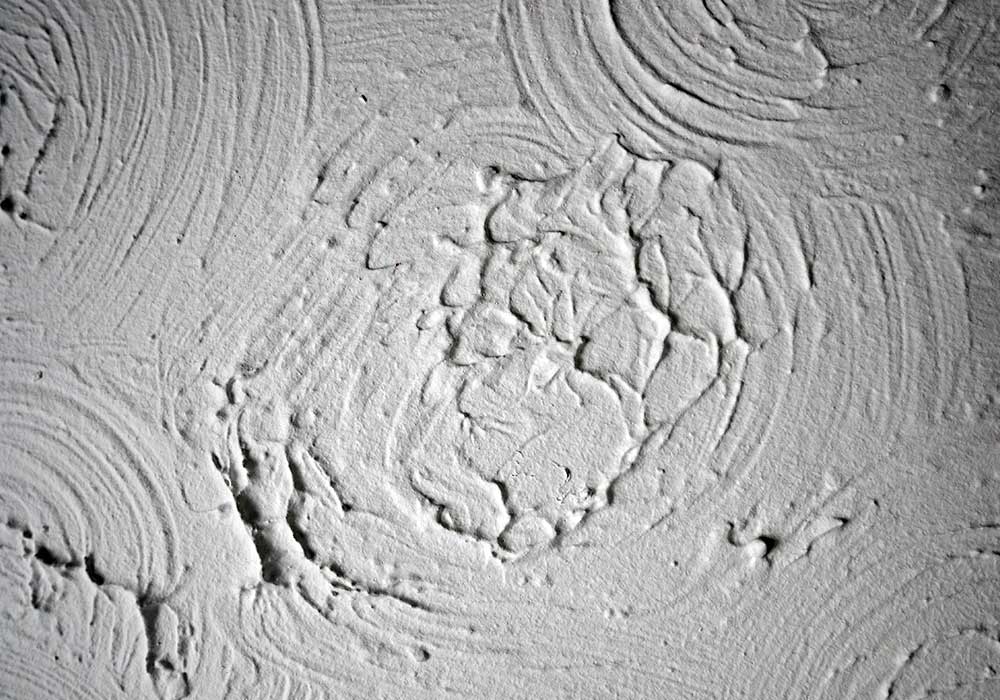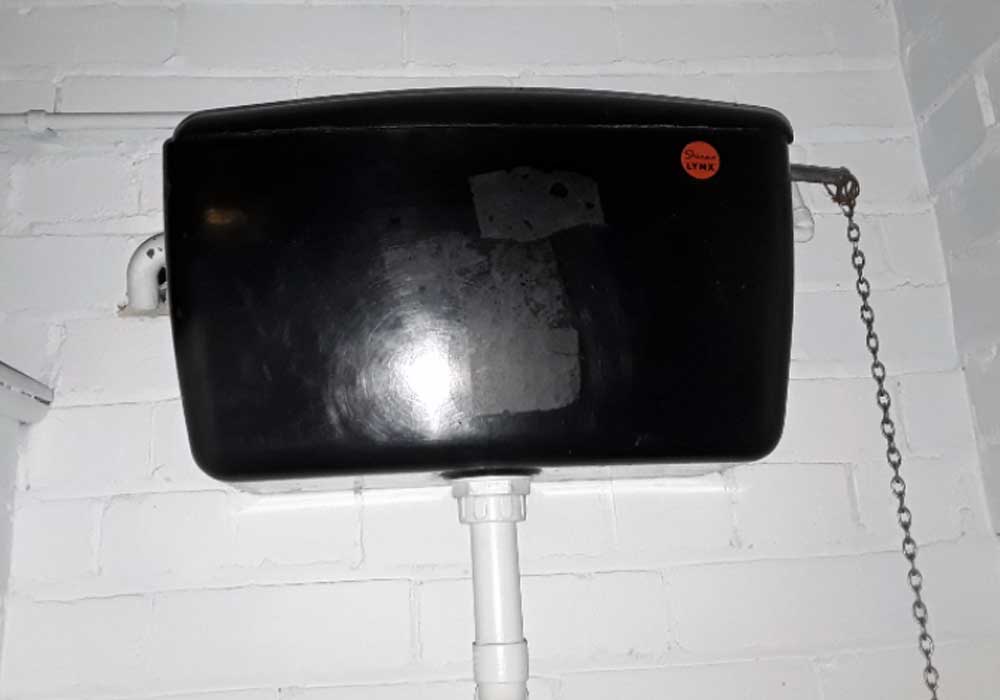Paper Linings
Asbestos-containing paper linings were commonly used in various applications, including insulation and fireproofing, primarily from the early to mid-20th century. These paper linings were made by mixing asbestos fibres with paper pulp, creating a material that was highly resistant to heat and fire. While they offered effective fire protection, they also presented significant health risks due to the asbestos content. Here’s a description of asbestos-containing paper linings:
- Composition: Asbestos-containing paper linings consist of a paper base material combined with asbestos fibres. The asbestos content was added to enhance the paper’s fire-resistant and insulating properties. Asbestos fibres were often evenly distributed throughout the paper matrix.
- Applications: These paper linings were used in a variety of applications, including as insulation for pipes, ducts, and boilers, as well as fireproofing material for walls and ceilings in industrial, commercial, and residential buildings. They were favoured for their ability to withstand high temperatures.
- Health Risks: The primary concern with asbestos-containing paper linings is the potential release of asbestos fibres when they are damaged, disturbed, or deteriorate over time. Inhalation of airborne asbestos fibres can lead to serious health conditions, including lung cancer, mesothelioma, and asbestosis.
- Age and Identification: Asbestos-containing paper linings were commonly installed in structures constructed before the 1980s. Identifying whether paper linings contain asbestos requires professional testing or sampling, as asbestos fibres are not visible to the naked eye.
- Removal and Handling: Due to the significant health risks associated with asbestos, the removal of asbestos-containing paper linings should only be performed by licensed asbestos removal professionals, like yourself. Strict safety protocols, including containment, personal protective equipment (PPE), and thorough decontamination procedures, must be followed to minimize asbestos exposure during removal.
- Replacement: When asbestos-containing paper linings are discovered during renovations or demolition, they are safely removed and replaced with asbestos-free alternatives to ensure the safety of building occupants and workers. Modern, asbestos-free materials are used to provide fire protection and insulation.
In summary, asbestos-containing paper linings were once widely used for their fire-resistant and insulating properties. However, they pose serious health risks when disturbed or deteriorated, as asbestos fibres can become airborne.

